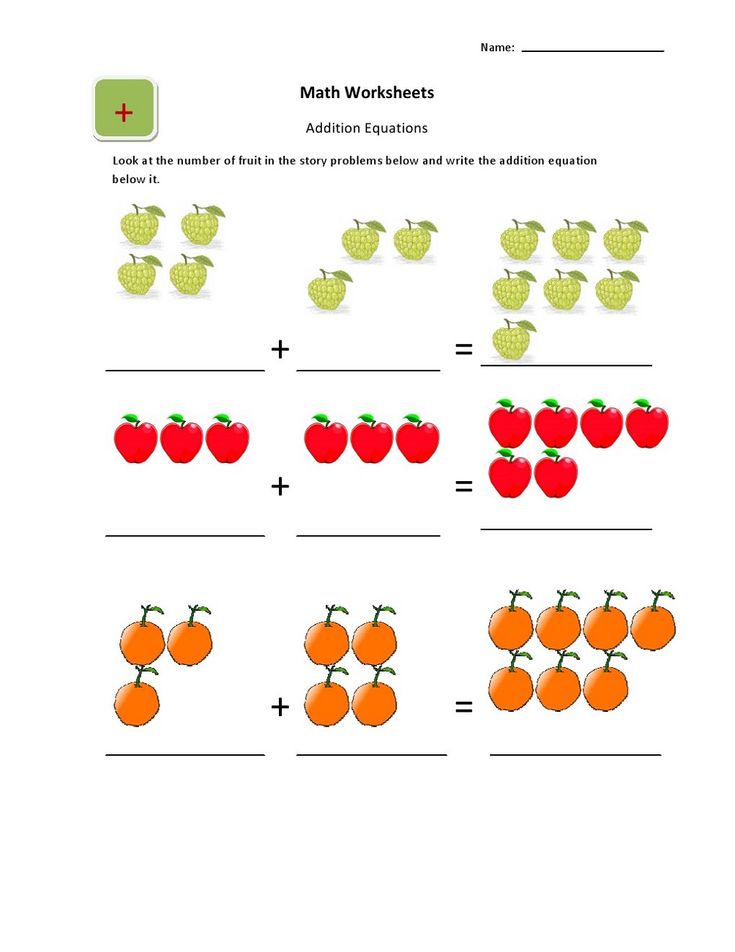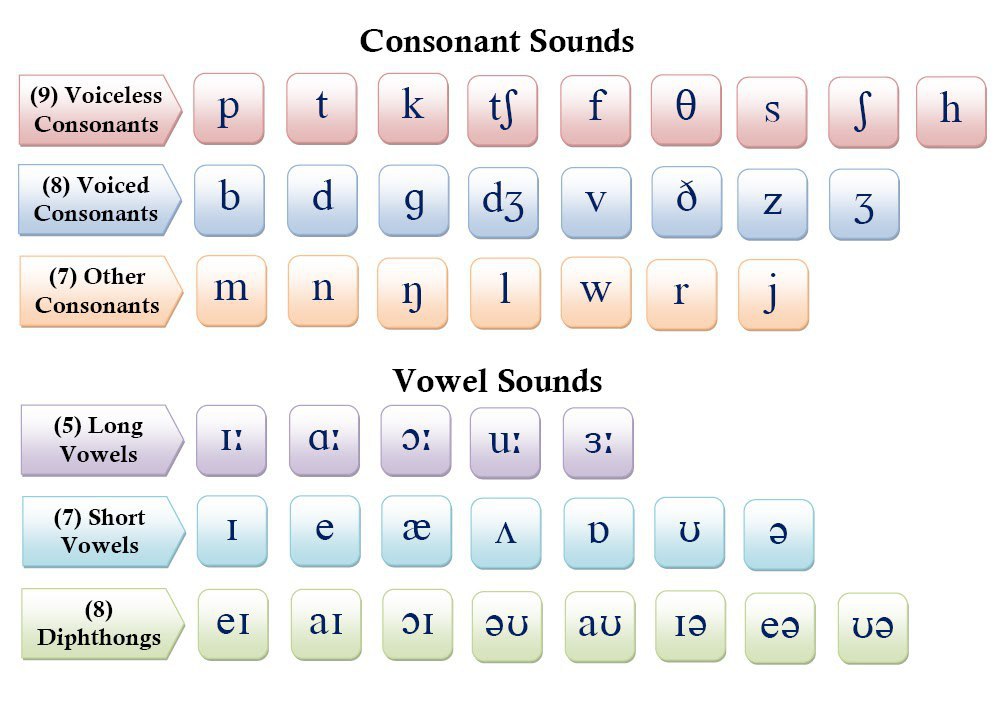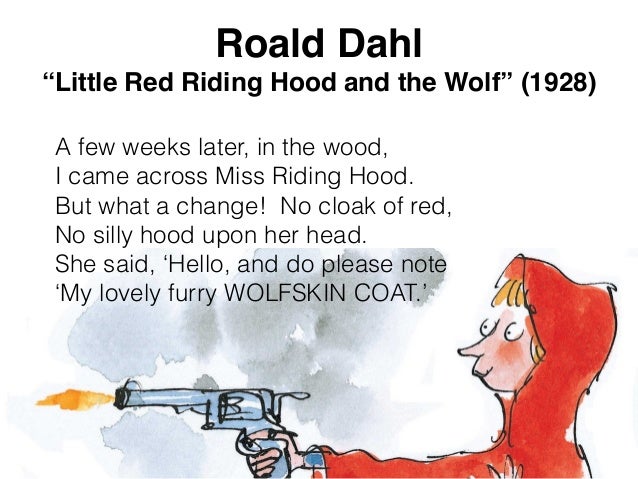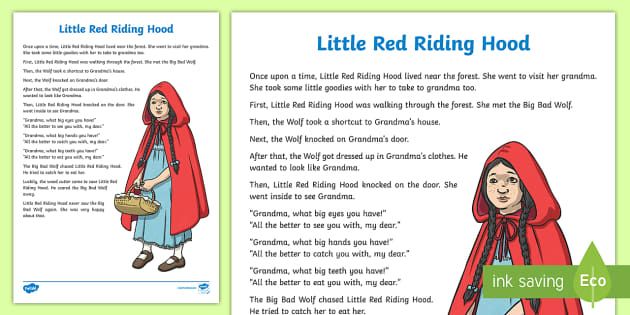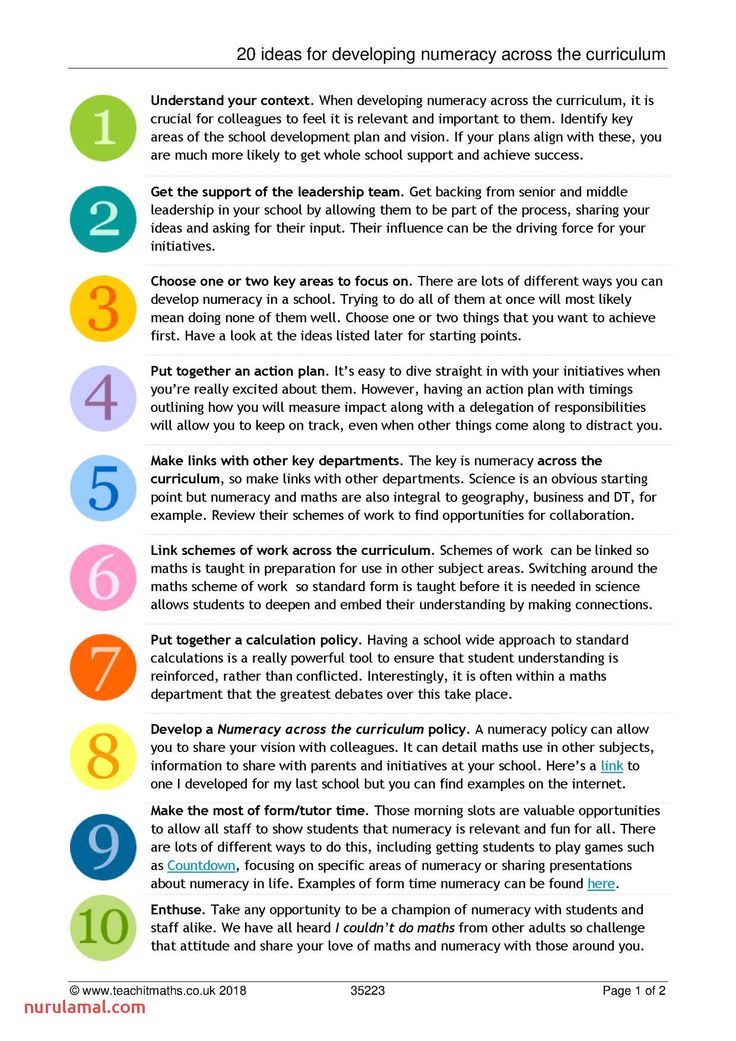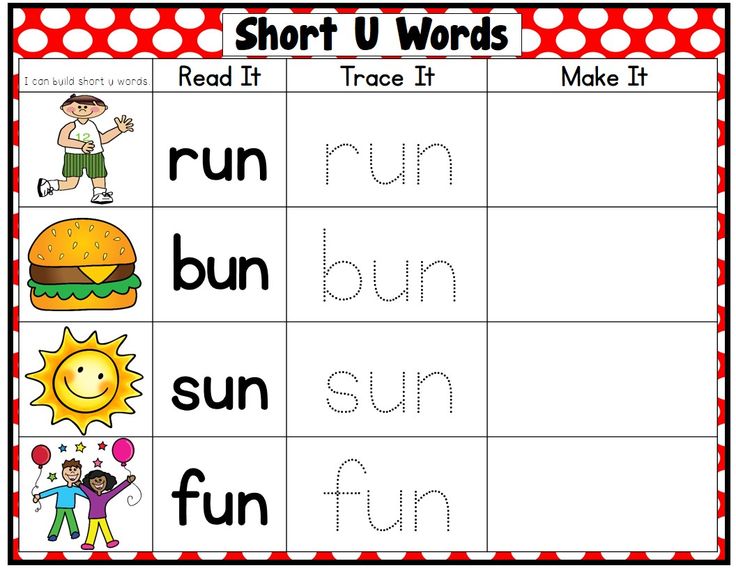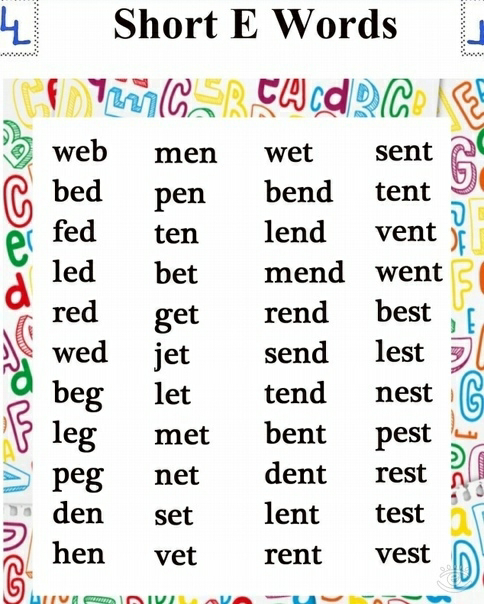Math learning activities
7 Classroom Math Activities That Will Make Math Engaging and Fun
Back to Articles
Fun, hands‑on math games are a great way to make early math concepts clear and keep your students engaged.Introducing math games into the classroom is a great way to make learning fun, engaging and motivating for young learners.
And the best part about starting early (kindergarten to grade 2) is that it helps your students to develop a positive attitude toward math from an early age, setting them up for a successful academic future.
Here are some fun classroom math activities that will have your students begging to do more.
Math Bingo
This math game is sure to become a fast favorite with your students. You can choose whatever skill you want to review, such as addition, subtraction, or number sequencing. The game works just like regular bingo, except students have to solve math problems in order to know what number to mark off of their sheet.
To prepare, make a list of 25 math problems (e.g. 2+1, 3–0, or 2, 4, 6, _ ). Write the answers on the same sheet of paper.
Create your own 5x5 bingo cards or generate them online. At random, write the answers on the cards using the solutions from your list. There should be a bingo card for each student playing. You can laminate the cards to use for next time and have students place pennies or rocks to mark their answers.
Make a paper plate clock
Are your students learning to tell time this year? This hands‑on craft activity is a fantastic way to practice this important skill.
Start with a paper plate and make a small hole at the center. Students should write the numbers in the correct places. Using colored paper, they can then cut the clock hands to the right size and secure them using a split pin from the center. You can even use a second plate (different color) for students to write the minutes. Glue the second plate to the bottom of the first so that it creates a rim.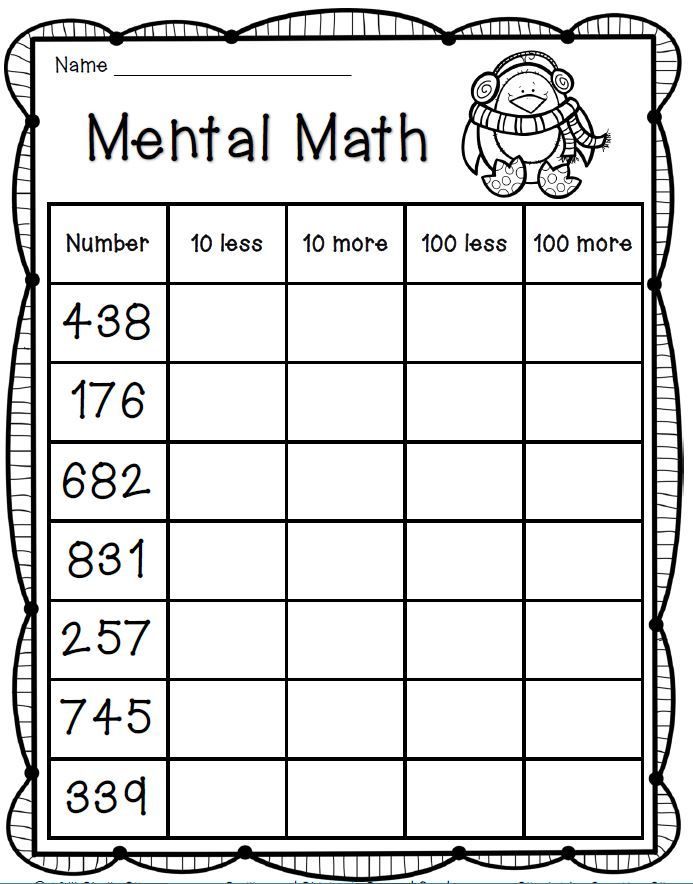
Guess the weight
Children love playing guessing games, and when it comes to whether something is heavy or light, there can certainly be a few surprises in store for them.
Gather several items and spread them across a table. One at a time, ask students to guess the weight of each item and write their predictions in one column on a page (you can create a simple template for this too). Using kitchen scales, invite individual students to weigh each item and record the correct answers in a second column. You can also add a column in between and pass each item around the class, so students can guess the weight after holding each in their hand.
Hopscotch math
This game is a great way to get your students outside on a nice sunny day. Using a piece of chalk, draw a hopscotch grid on the pavement mimicking a calculator layout. Ask students to form a line and one by one, give them a simple operation (e.g. 2+3, 5–0). Students should take turns hopping on each element of the equation in the correct order, landing finally on the answer.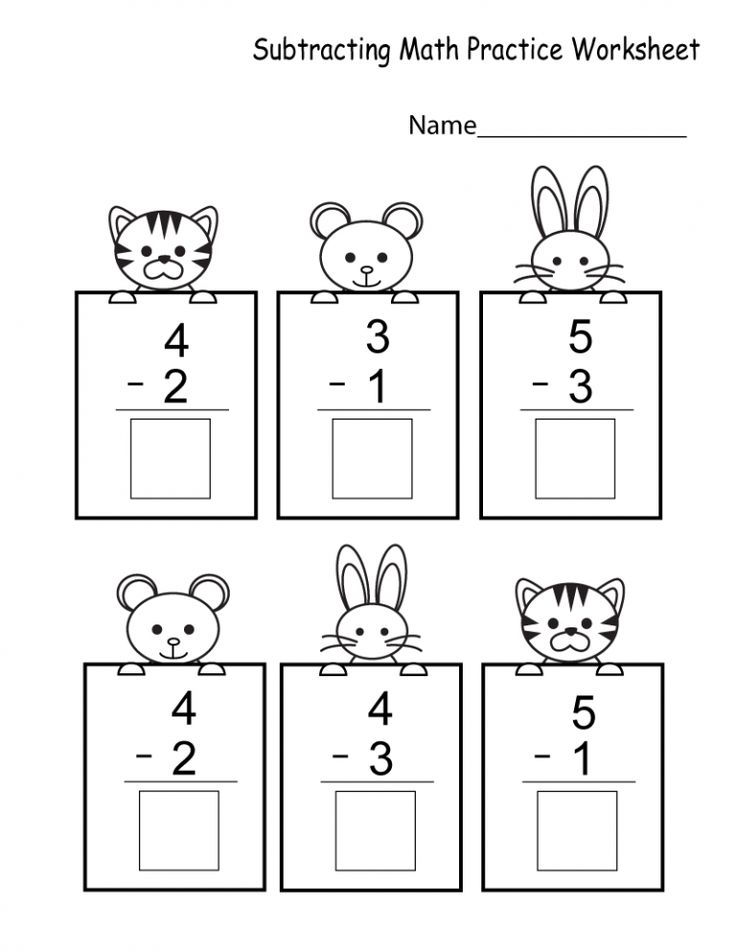
In another game, you can call out a number and ask students to hop on any equation that equals to that number. For a fun twist, ask students to hop on one leg for odd numbers, and two legs for even numbers.
Hopscotch math is a fun activity which helps students to practice simple operations.Pizza fractions
Fractions can be tricky, so this activity can really help students to visualize key concepts. Create an instruction sheet with five different fractions on each (you can create several so different students get a different set). Students should create a pizza (using construction paper, or even the inside of an empty pizza box) and decorate the toppings to represent each fraction.
For example, if they had a quarter (fourth), they should cover one-quarter of the pizza with a specific ingredient (e.g. mushrooms or pepperoni).
'Lengthy' scavenger hunt
Divide students into groups and give each group a list of measurements and a measuring tool (e.g. a ruler, tape, trundle wheel).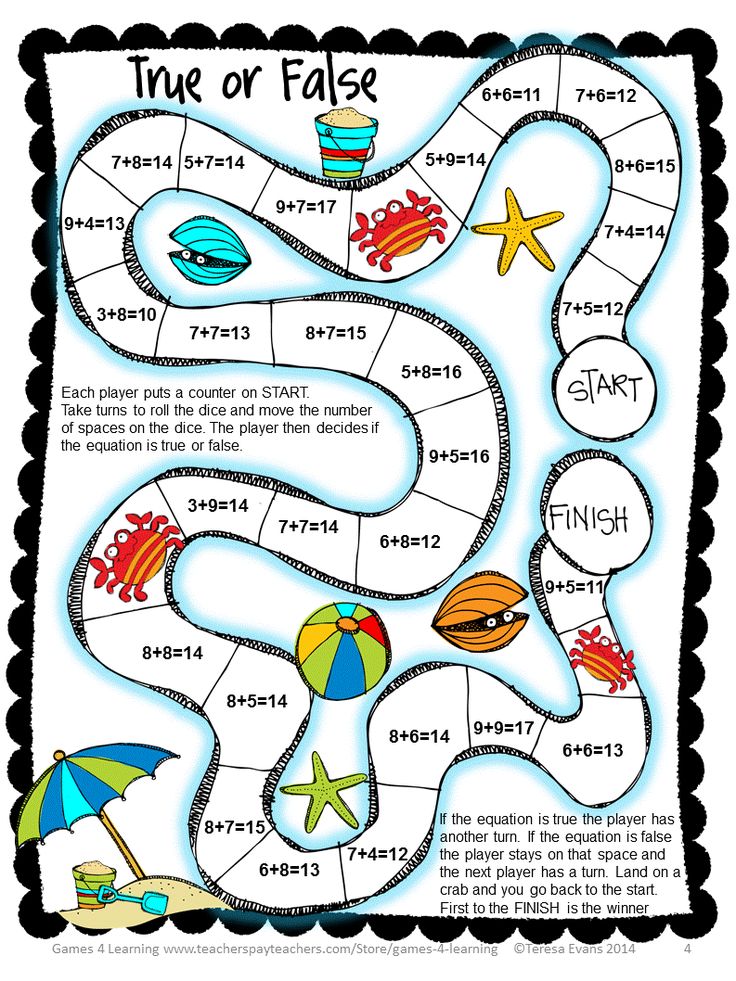 Instruct students to find items that are exactly the length of what they have listed. For younger students who haven't yet been introduced to measurement, draw various lines on their sheet and ask them to find items that are exactly the same length.
Instruct students to find items that are exactly the length of what they have listed. For younger students who haven't yet been introduced to measurement, draw various lines on their sheet and ask them to find items that are exactly the same length.
Make sure you prepare items beforehand and place them in a safe and visible spot. This activity can be done outside or in the classroom.
Survey and graph
Ask each student to think of a question they’d like to survey their fellow classmates on. For example, they might like to ask their classmates what their favorite animal is out of a dog, monkey, pig, or chicken. Give students time to walk around the classroom quizzing each other and recording their data.
Once students have collected enough data, ask them to represent their results by building a bar graph using linking cubes, blocks, or Legos. They can use sticky notes or bits of paper to create labels above each bar. Take a photo of each student's graph, which you can later print out to create a class collage to display.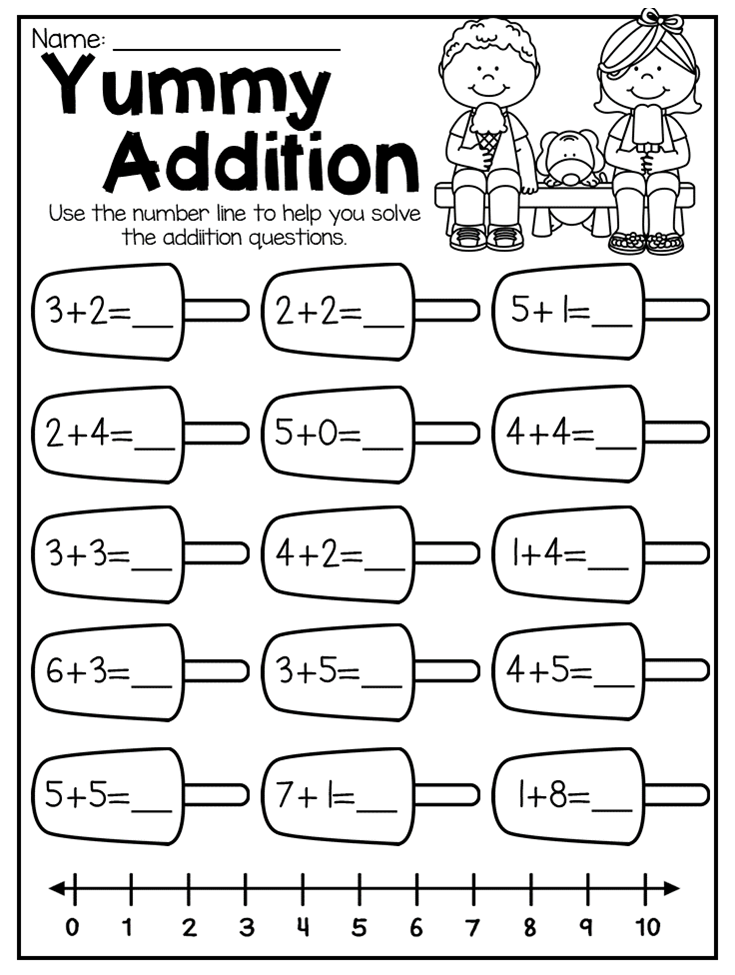
Looking for new ways to make elementary math fun? Mathseeds is a research-based online math program specifically designed for students in grades K–2. Created by a highly experienced team of elementary teachers, Mathseeds provides self-paced lessons, fun games, automated reporting, and a range of teaching tools to help your elementary math students succeed. Sign up for a free trial today.
35 Active Math Games and Activities for Kids Who Love To Move
Tired of hearing groans when you announce it’s time for math? These active math games and activities will spice up your learning game. They get kids up and moving, using their whole bodies to learn facts and skills. Lots of these ideas can be adapted to suit a variety of math concepts, so choose a few to try out with your own math students.
1. Throw snowballs inside or out
Clip flash cards to plastic tubs, then challenge kids to throw the correct number of large white pom-poms (“snowballs”) in from a distance.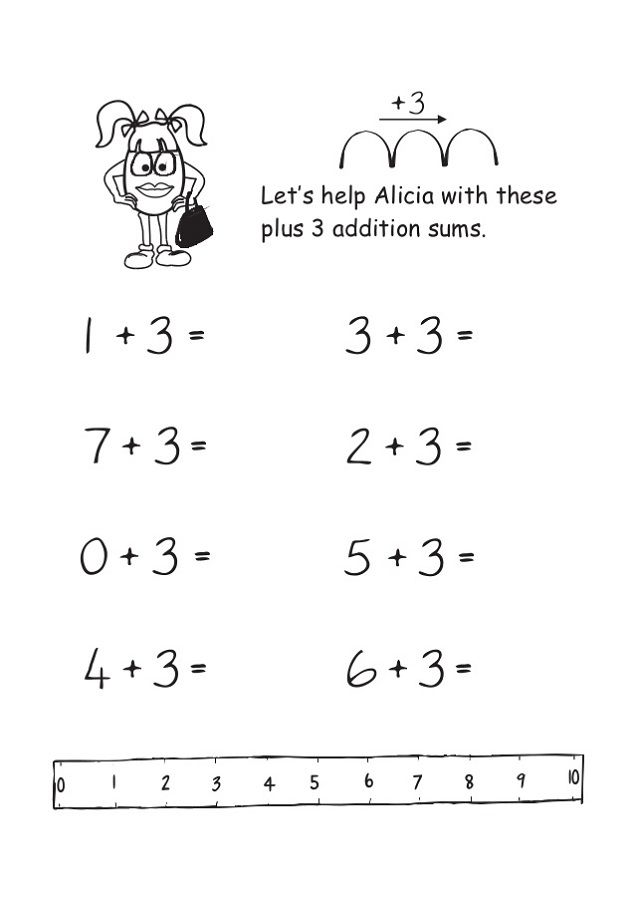 If there’s snow on the ground, bundle up and take this one outside to use real snowballs!
If there’s snow on the ground, bundle up and take this one outside to use real snowballs!
Learn more: Frugal Fun 4 Boys and Girls
2. Stack sticks to practice tally marks
Small sticks are perfect for practicing tally marks. Kids will have fun checking the ground under trees for twigs, then breaking them into pieces and creating tally piles.
Learn more: @amysam623
3. Fish for numbers
It’s so easy to make your own magnet fishing pole. Float some numbered foam fish with paper clips attached, then try to catch the numbers in the right order! (Don’t want to get wet? Just lay the fish on the ground instead.)
ADVERTISEMENT
Learn more: Buggy and Buddy/Fishing Math
4. Draw and measure shapes on the sidewalk
First, give kids some sidewalk chalk and let them draw a variety of shapes, as big or small as they like. Then, arm them with measuring tapes and have them practice taking measurements.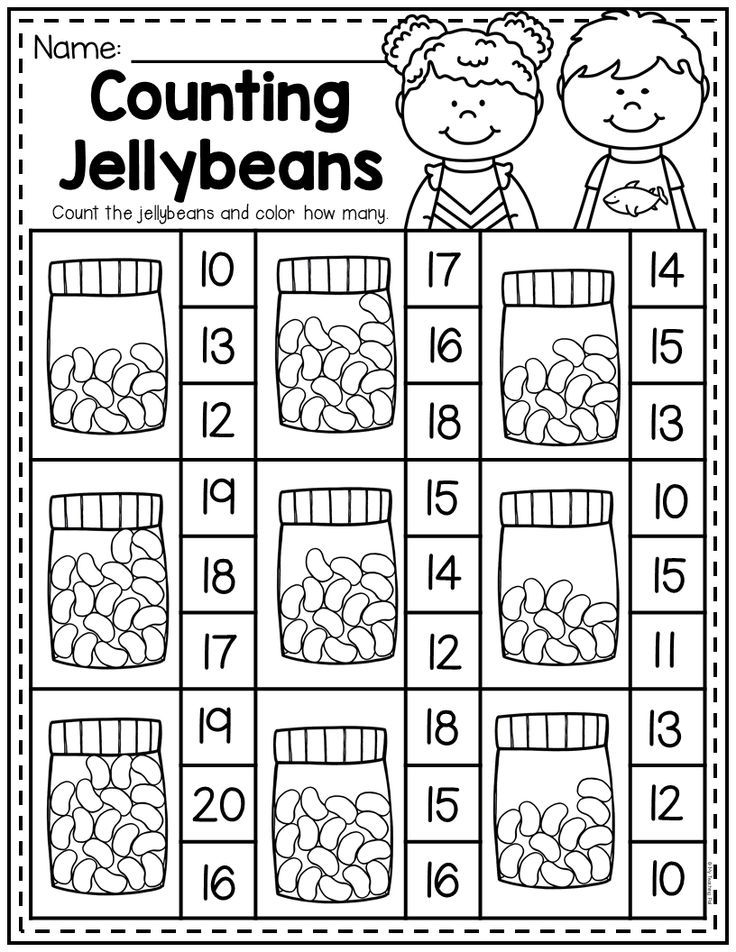
Learn more: @playexploregrow
5. Stomp and smash on a number line
Grab some paper bags and number them, then shake them out and lay them in a number line. Now, call out an addition or subtraction problem, like 3 + 2. Have a student stomp on the bag labeled three, then on the next two to arrive at an answer of five. (Feeling brave? Try this one with balloons!)
Learn more: Schooltime Snippets
6. Grow fact-family flowers
Pick up colorful fall leaves and write math facts on them. Gather them around a numbered rock to make pretty flowers.
Learn more: @discoverwildlearning
7. Toss beanbags to learn place value
Label bins with place values like ones, tens, and hundreds. Kids toss beanbags into the bins, then count them and see what number they’ve created.
Learn more: Saddle Up for Second Grade/Place Value Toss
8. Form paper-plate number bonds
Pass out numbered paper plates, then have students mix and mingle to see how many number bonds they can form.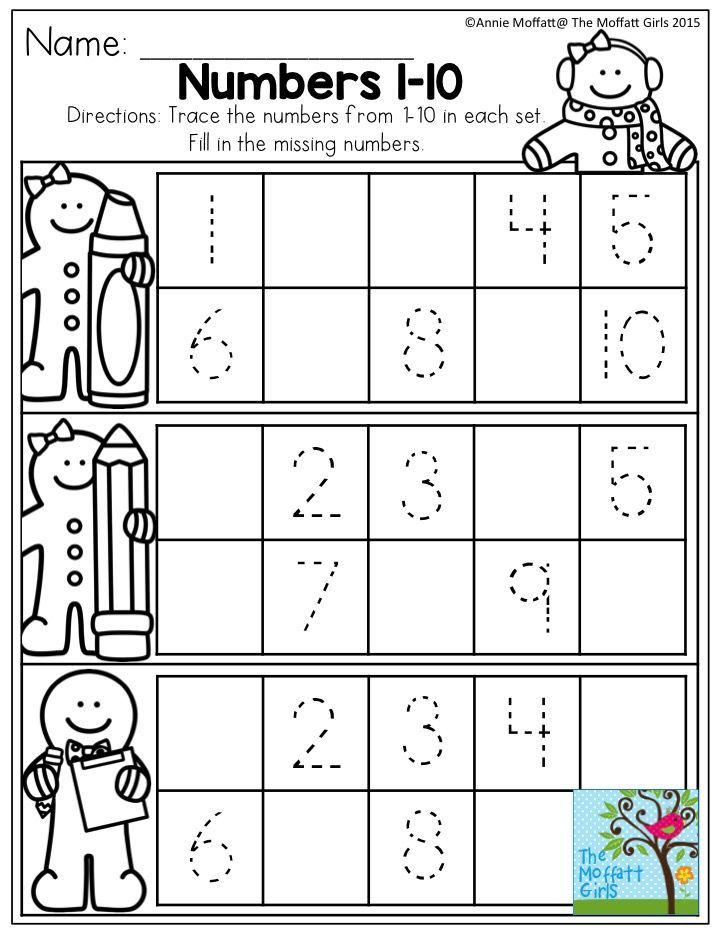
Learn more: The Schroeder Page
9. Create a life-size number line
Number lines are wonderful for all sorts of math games and activities. Make one big enough for kids to stand and jump around on using sidewalk chalk (or painter’s tape indoors). You’ll use it over and over again.
Learn more: Childhood Beckons
10. Hit the target and graph
You can teach graphing in lots of ways, so why not make it active? Students throw balls onto a target, graphing and analyzing their throws as they go.
Learn more: Amy Lemons
11. Head out on a plot graph scavenger hunt
Create a map of your school, playground, or other area using graph paper (or even better, have kids help you do it). Then choose plot points for them to visit to find notes or small prizes. They’ll feel like real treasure hunters!
Learn more: Edventures With Kids
12. Roll the dice to count and move
Get practice with low-number counting and addition using action dice. Write activities like “jump,” “clap,” or “stomp” on a small wooden block, then roll it along with a pair of dice. Kids add them up (or subtract if you prefer) and complete the activity the number of times shown.
Write activities like “jump,” “clap,” or “stomp” on a small wooden block, then roll it along with a pair of dice. Kids add them up (or subtract if you prefer) and complete the activity the number of times shown.
Learn more: Buggy and Buddy/Math Dice
13. Whack a ball to subtract
You know your elementary math students are going to love this! Build your own whack-a-mole 10-frame with a shoebox and Ping-Pong balls. Then, have kids whack the balls to practice their subtraction facts. So fun!
Learn more: Planning Playtime
14. Make a splash with water balloons
You’re going to need to be willing to get a little wet for this one, but kids simply adore math games (or any games!) with water balloons. Fill and label balloons numbered 1 through 20 (or whatever numbers you’re working on). Draw the numbers in a big circle on the playground. Then, have a student choose a balloon, find the matching number, and head off to make a splash!
Learn more: Little Bins for Little Hands
15.
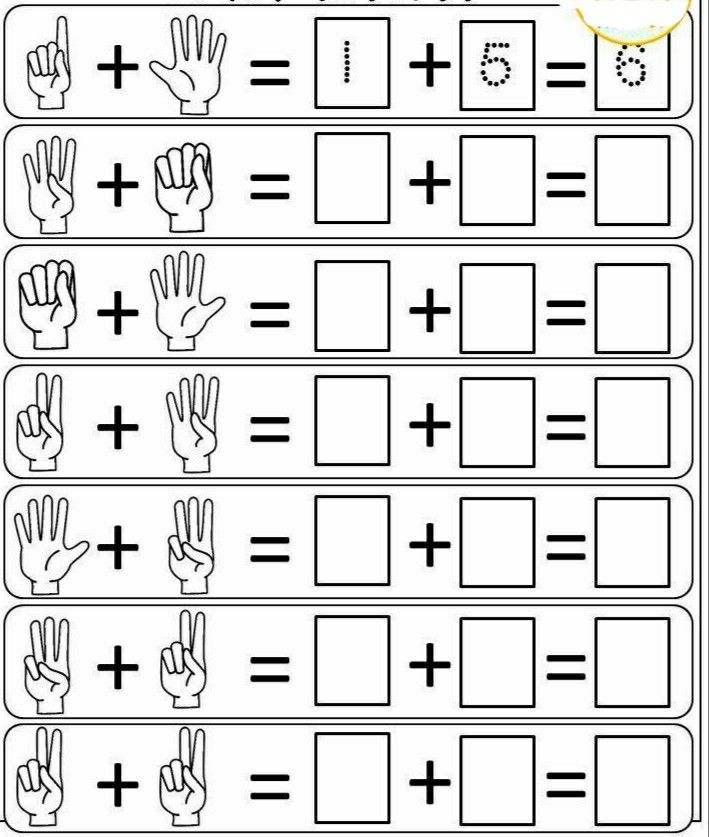 Tell time on a giant clock
Tell time on a giant clockDraw a giant clock face with hours and minutes on the playground with sidewalk chalk. Choose two students to be the hour and minute hands, then call out a time and send them out to become the clock. Add more complicated elements by having them add to or subtract from the initial time too. (“Now it’s 23 minutes later!”)
Learn more: Creative Family Fun/Sidewalk Chalk Clock
16. Measure your frog jumps
Have your students hop like frogs, leap like gazelles, or jump like kangaroos. Then, pull out the ruler or measuring tape so they can measure the distances they’ve covered.
Learn more: Coffee Cups and Crayons
17. Jump to math facts practice
Lay out a grid like the one shown that has the answers to whatever set of math flash cards you’re currently working with. (This teacher used masking tape; you could also do sidewalk chalk on the playground.) Two players face off, one on each side of the board. Show the flash card, and kids race to be the first to jump to the correct square with both feet inside the lines. Get all the rules at the link below.
Get all the rules at the link below.
Learn more: Teaching and Tapas
18. Run a flash-card race
Tape a series of flash cards to the floor and challenge kids to see who can correctly make their way from start to finish the fastest. They can call out the answers or write them down, but they have to get it right before they move on. Kids can race side by side or work independently to beat their own best time.
Learn more: There’s Just One Mommy
19. Catch a math beach ball
Beach balls are so much fun in the classroom. Scribble numbers all over one with a Sharpie, then toss it to a student. Wherever their thumbs land, they add (or subtract or multiply) those two numbers together before tossing the ball to the next student.
Learn more: Saddle Up for Second Grade/Beach Ball Math
20. Do a number dance
Kids who love “Dance Dance Revolution” will get into this one. Make a number mat for each student like the ones shown.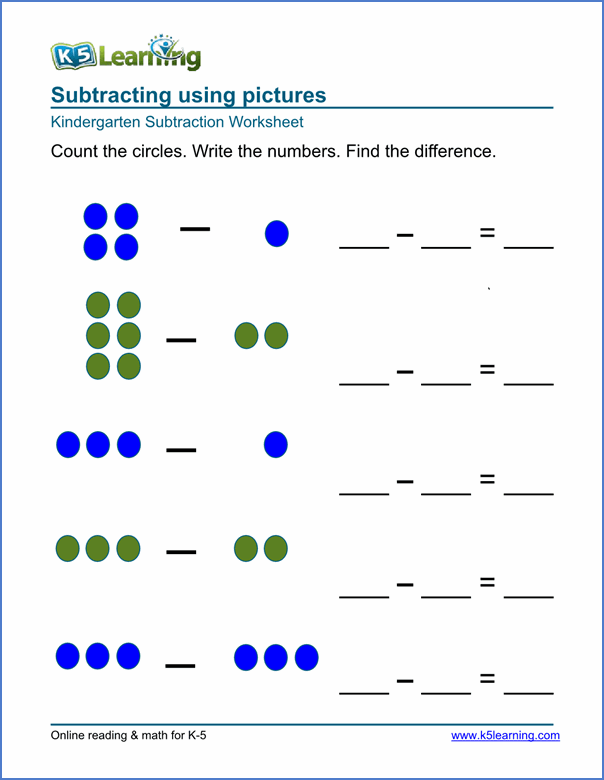 Flash an equation with an answer between 10 and 99 on the screen. Kids figure out the answer and jump to put their left foot on the correct tens place, right foot on the ones. They’ll be dancing and spinning as they learn!
Flash an equation with an answer between 10 and 99 on the screen. Kids figure out the answer and jump to put their left foot on the correct tens place, right foot on the ones. They’ll be dancing and spinning as they learn!
Learn more: Number Loving
21. Groove with angles
Teach kids about transversals and the angles they create with some fun dance moves! Get the details for “Dance Dance Transversal” at the link below.
Learn more: Communicating Mathematically
22. Add and subtract by stacking cups
We’re not sure why, but kids simply love stacking cups. Label yours with math problems and answers, then have kids build pyramids and towers galore!
Learn more: The Kindergarten Smorgasboard
23. Measure the height of a tree (no ladder needed)
Kids will be amazed to learn they can measure the tallest tree while keeping their feet on the ground. The link below walks you through the steps with a free printable.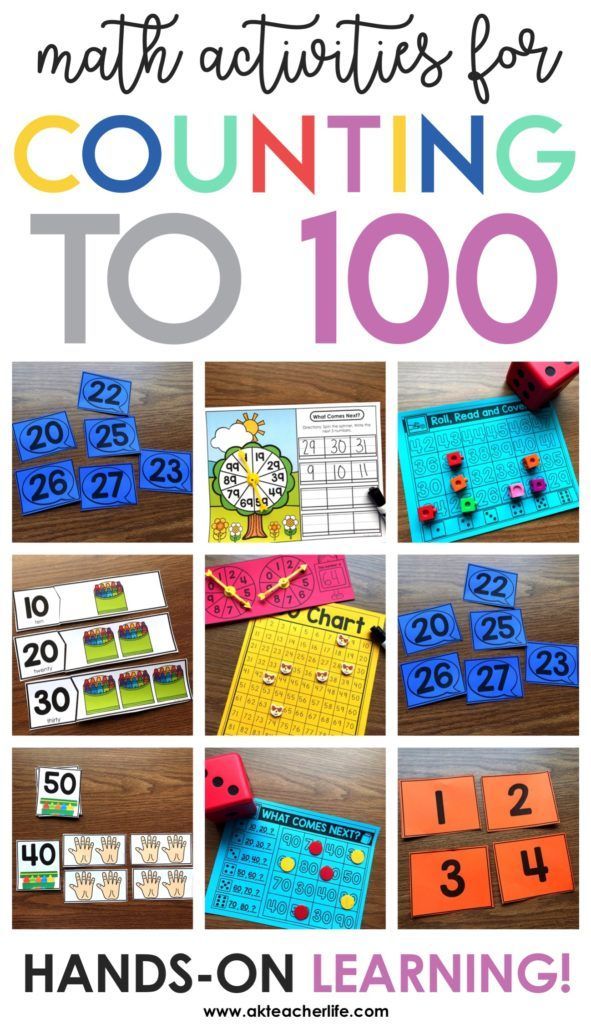
Learn more: From ABCs to ACTs
24. Count and learn on a nature walk
Take an outdoor stroll and practice basic math along the way. This works indoors too—walk the school hallways (quietly) and count doors, windows, posters, and more.
Learn more: Creative Family Fun/Math Walk
25. Hunt for shapes in the world around you
Looking for super-simple and fun active math games? Give students a sheet with shapes to find as you walk around the school or playground. Each time they find the shape, have them trace it on their worksheet and then make a mark to keep track of how many times they’ve seen it.
Learn more: Hands-On Teaching Ideas
26. Steal the balls with addition robbery
Kids compete to see whose basket of balls will add up to the highest amount. The trick? They don’t know at the beginning which balls are worth the most. Learn how to play at the link below.
Learn more: That After School Life
27. Puddle-jump from number to number
Lay out a series of construction paper puddles labeled with numbers.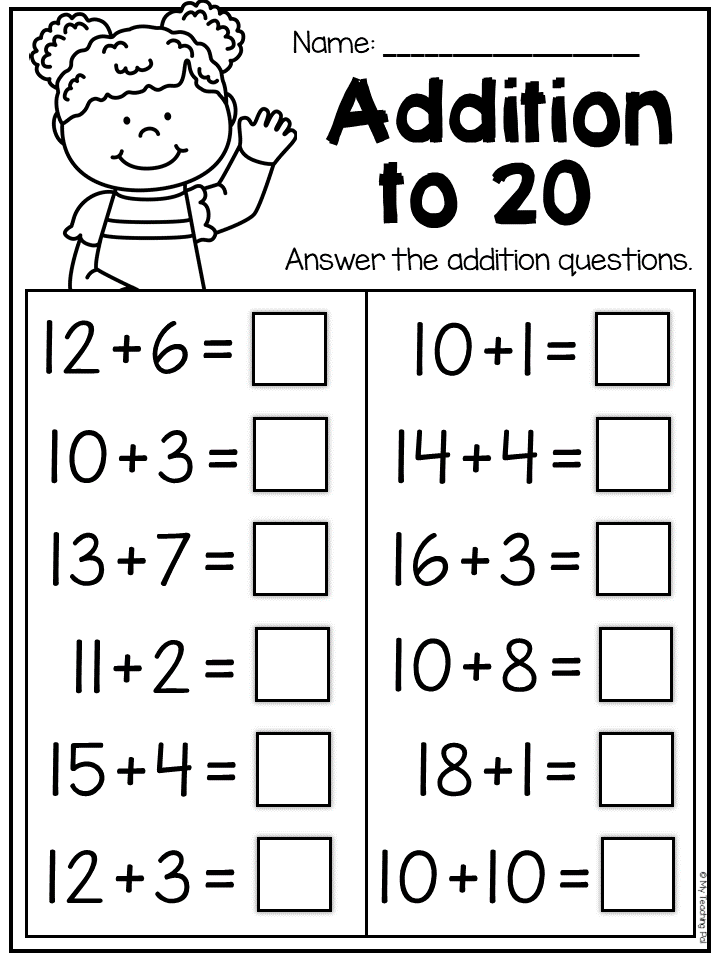 You can call out numbers and have kids jump to the correct one, or have them jump from one to the next in order forward or backward, or even try some skip counting.
You can call out numbers and have kids jump to the correct one, or have them jump from one to the next in order forward or backward, or even try some skip counting.
Learn more: NurtureStore
28. Paint and hide number rocks
Painted rocks are always a big hit! Have your class help you make these, then hide them around the playground and send kids off to find and answer equations.
Learn more: The OT Toolbox
29. Skip-count along a hopscotch board
A hopscotch board can be used for a lot of fun and active math games. Try it for skip counting: Kids hop along counting by 2s, 5s, 10s, or whatever you’re currently working on. Learn more at the link below.
Learn more: Math Geek Mama/Skip-Counting Hopscotch
30. Aim and throw to practice math skills
Pick up a set of Sticky Darts and draw two dartboards side by side. You can label the rings with any numbers you like. Kids throw the darts and then add, subtract, multiply, or divide the numbers—your choice!
Learn more: Inspiration Labs
31.
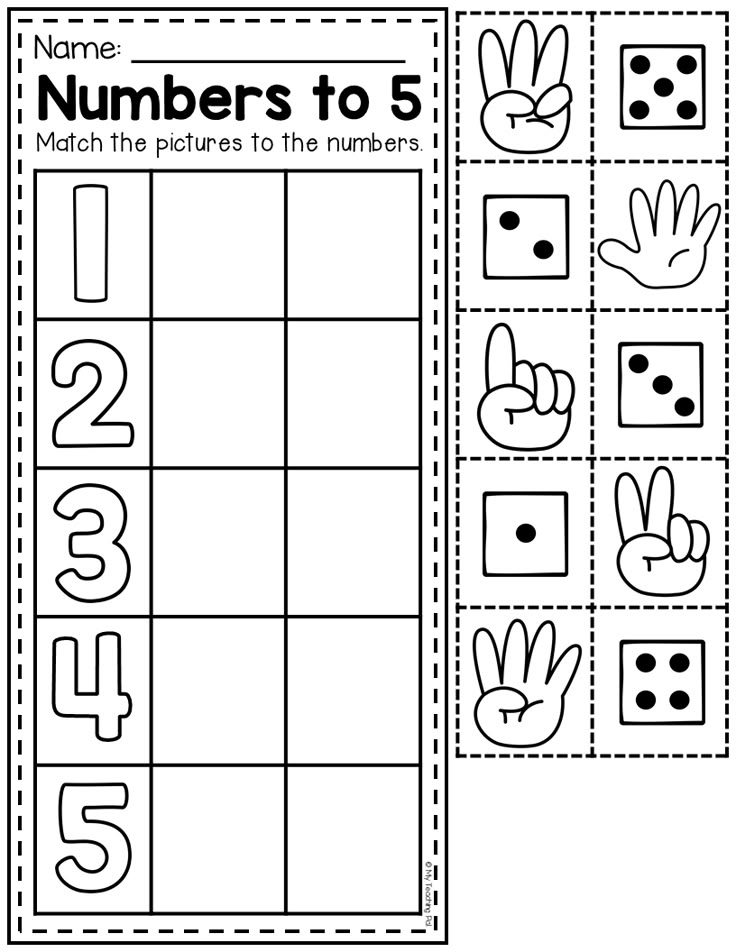 Design an outdoor board game
Design an outdoor board gameDraw a winding path and fill the spaces with math equations. Kids roll the dice and move from space to space (have them jump, skip, or twirl to mix things up). If they get the answer right, they move to the new space. If not, their turn is over. Customizable math games like this can be used at any level.
Learn more: Look! We’re Learning!
32. Turn UNO into an active math game
Grab your UNO deck and get ready to move! Assign each color a movement (hop, touch toes, etc.). As kids draw the cards, everyone completes the movement the correct number of times. Skip and Reverse work as usual, but anyone who gets Draw Two has to draw two more cards and complete the actions on their own while others cheer them on. See more at the link below.
Learn more: Still Playing School
33. Bowl them over while learning math facts
Active math games using recycled materials are economical and good for the environment. Set up empty plastic bottles labeled 1 through 10, then roll the ball to see how many you can knock down. Add up the numbers of the knocked-over bottles to get your score.
Set up empty plastic bottles labeled 1 through 10, then roll the ball to see how many you can knock down. Add up the numbers of the knocked-over bottles to get your score.
Learn more: Learn With Play at Home
34. Compete to win at putt-putt math
Pick up a few dollar-store supplies and make your own putt-putt course. This can be a simple game where kids simply shoot for the highest (or lowest) number. But you can also drive up the complexity by putting equations on the cups that kids have to solve first to determine which is the best cup to aim for.
Learn more: My Catch a Star Classroom!
35. Give a classic game a math twist
Create active math games that give new life to existing resources. For example, add numbers to Twister! For more advanced players, instead of saying “Right hand 5,” try saying “Right hand 14 – 9” to make them think.
Learn more: Math Geek Mama/Twister Math
If you like these active math games and are looking for more ways to move in the classroom, try these 21 Kinesthetic Reading Activities for your most active learners.

Plus, sign up for our free newsletters to get all the best teaching tips and ideas!
Math class | Plan-summary of a lesson in mathematics (senior group):
Abstract of a lesson-entertainment in FEMP for older preschoolers "Counting within 10"
Compiled and conducted by: Elena Igorevna Vagina, teacher of the 1st qualification category Kindergarten No. 59 "Kaleidoscope".
Date: May 29, 2019
Description: Synopsis of organized educational activities on the formation of elementary mathematical representations for children of senior preschool age on the topic "Counting within 10". This material will be useful to teachers, parents. This summary of the FEMP entertainment activity is aimed at consolidating the count within 10, improving knowledge about the geometric shapes of older preschoolers.
Integration of educational areas: "Cognitive development", "Social and communicative development", "Speech development", "Artistic and aesthetic development", "Physical development".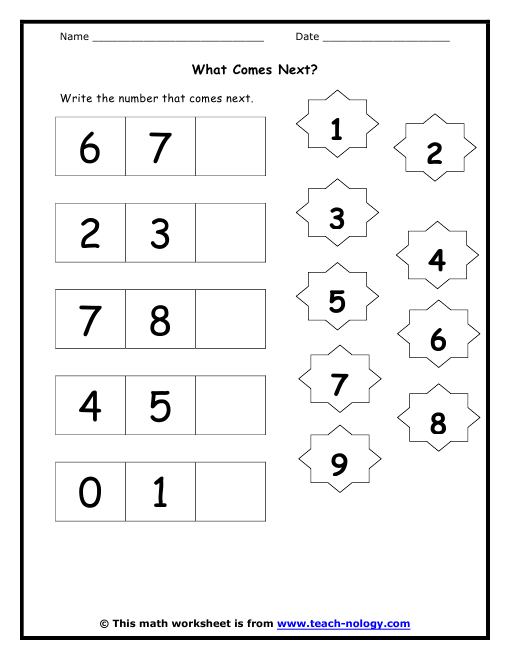
Purpose: fixing the score within 10.
Tasks:
• fix the score within 10;
• improve knowledge of geometric shapes;
• promote the development of imagination, memory, attention, logical thinking, the ability to navigate in space;
• cultivate interest in mathematics.
Equipment: geometric shapes, cards with numbers, a map with stations, pictures of animals, fairy tale characters, coloring books with numbers.
Methods and techniques: Methods and techniques: game, verbal (conversation), visual, practical, problem-based learning.
Course of the lesson
Educator:
- Today, guys, we will go on a train journey through unusual stations. We will travel with a map.
- What do you see on our map? (name of stations)
- Let's try to count how many stations are on the map (4 stations)
- What do you think, what are these stations? (Station "Merry Account", station "Entertaining Figures", station "Why", station "Game", station "Forest Problems")
1.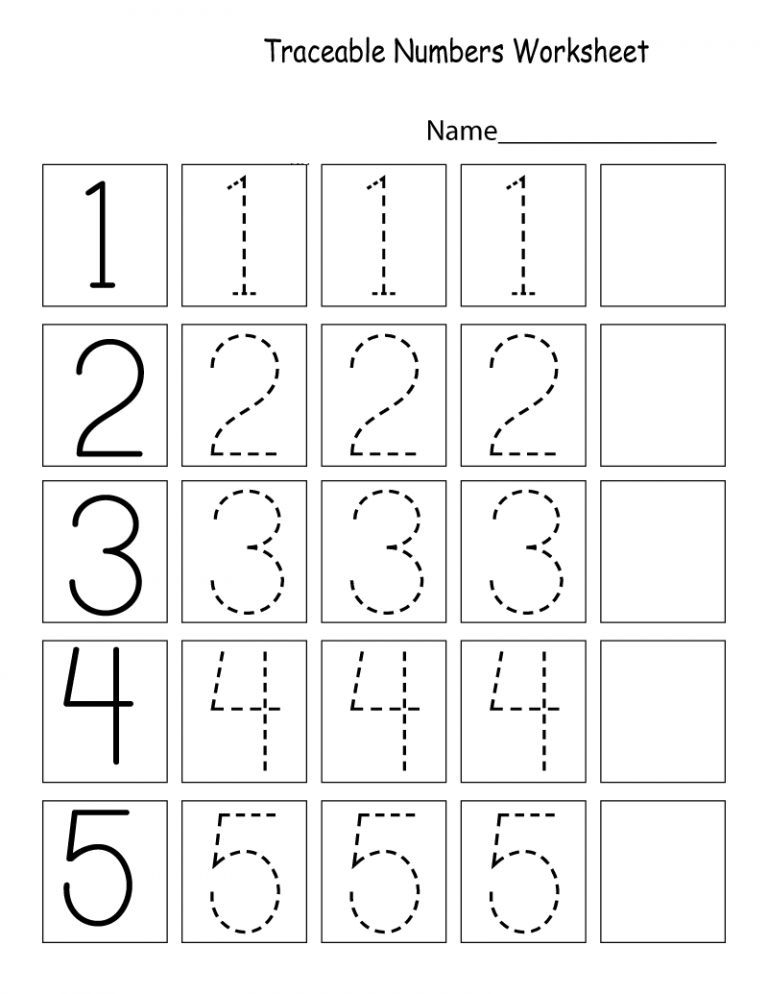 Station "Merry Account"
Station "Merry Account"
Educator:
- Children, today we will go to travel around the country "Mathematics". This country consists of several stations. At these stations, fairy-tale heroes are waiting for us. I'm sure you all love math and this journey will be interesting. We will travel by train. Before we go on a journey, we must learn the following words:
We'll go by train,
We'll find a lot of new things.
Stations we will visit
And we will give you the correct answer!
- On our map we see the Cheerful Account station. We are met by the fairy-tale hero Pinocchio, who asks to complete the tasks:
1) Show the number that is hidden between 4 and 6; 3 and 5; 7 and 9.
2) Show the digit for a number greater than 2 but less than 4; greater than 5 but less than 7.
3) What number comes after 8? Show the number.
4) The number that comes before 7? Show the number.
2. Station "Entertaining figures"
We will go by train,
We will find a lot of new things.
Stations we will visit
And we will give you the correct answer!
Fairy-tale heroes rest at the station. Name them (Crocodile Gena and Cheburashka). They can not cope with one task, let's guys help them.
1) What are the names of the figures? Why are they called that?
- How many angles does a triangle have?
- How many angles does a circle have?
- What do you know about the square?
- Name the objects that consist of these figures.
- Draw the shapes to make objects.
ADVERTISEMENT
(Children on the blackboard do the task)
- What objects did you get? (clock, mirror, wood, TV, ball)
2)
- Determine which of the figures in this set is extra. (Circle) Explain why. (All others are quadrangles)
3)
- One of the shapes is different from all the others. What's the score? (Fourth) How is it different? (All pieces are green and she is red)
- Which figure is extra? What is her account? Show the number.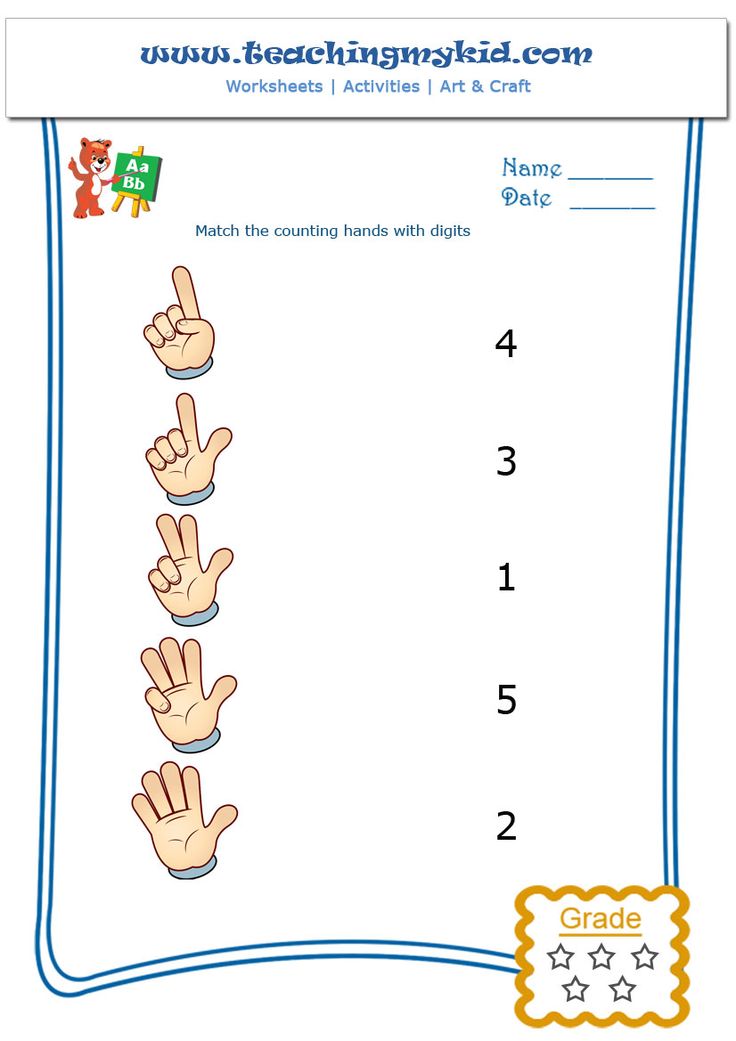 Why?
Why?
4)
Among these figures there is an extra one. Find her. What is her account? Show the number. (Fifth figure.) Why is it superfluous?
5)
- Look at this picture: here is a mother cat, a father cat and a kitten. What figures are they made of? (Circles and triangles.) Which triangle is needed for a kitten? For the mother cat? For cat dad? Draw your cat."
3. Physical education:
Owl-owl, (hands behind the head, turns left, right)
Big head,
sits on a stump,
turns his head, (turns his head in different directions)
looks in all directions,
Yes, how
Will fly! (we imitate the flapping of wings, raise our hands up)
4. Pochemuchka station
We will go by train,
we will find a lot of new things.
Stations we will visit
And we will give you the correct answer!
- Another fairy-tale hero Dunno asked us riddles:
“Once upon a time there were days of the week: Monday, Tuesday, Wednesday, Thursday, Friday, Saturday, Sunday.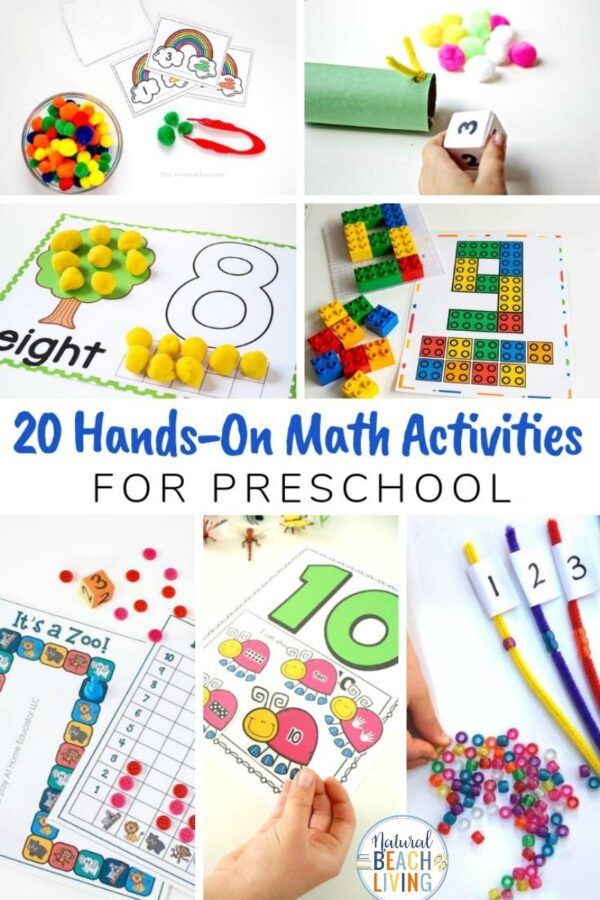 Once they argued about which of them is more important. Let's guys help them resolve the dispute.
Once they argued about which of them is more important. Let's guys help them resolve the dispute.
- What can you do on Monday?
- What day of the week follows Monday? Why is it so named?
- What does Wednesday mean?
- What day of the week comes after Wednesday, why is it called that?
- What do we do on Friday and why is it called that?
- What day of the week comes after Friday?
- Name the following days. Why do they have such a name?
- What do you think, which of them is more important and more needed? (all are needed)
- How many days of the week are there? Show the number and name these days in order.
5. Gymnastics for the eyes "A walk in the forest"
We went for a walk. (walking in place)
Mushrooms - look for berries
How beautiful this forest is.
It is full of various miracles.
The sun is shining above, (looking up)
Here is a fungus growing on a stump, (looking down)
A thrush is sitting on a tree, (looking up)
The hedgehog rustles under the bush.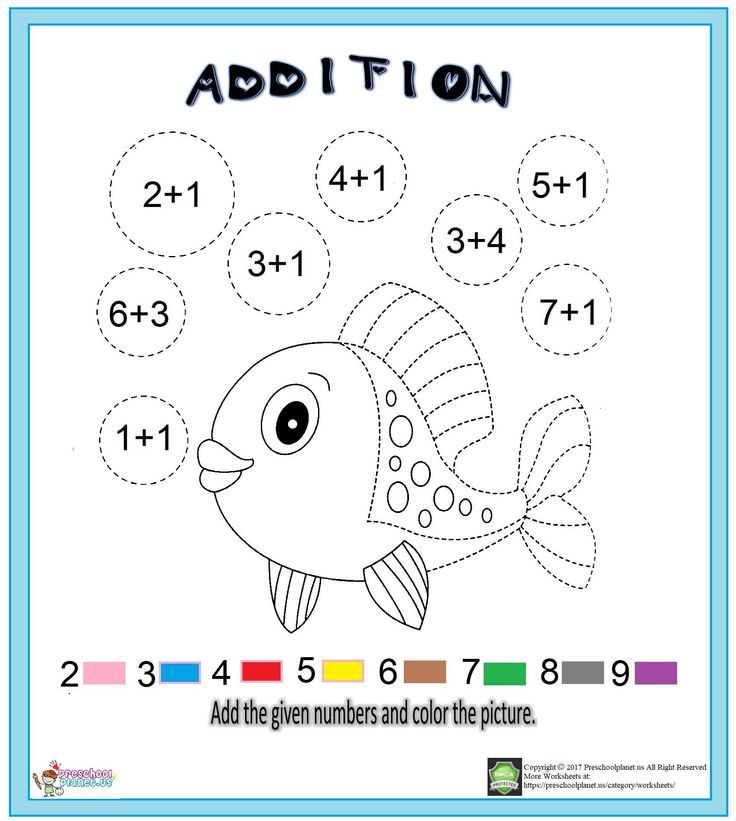 (look down)
(look down)
On the left, a spruce grows - an old woman, (look to the right)
On the right, pines - girlfriends. (look to the left)
Where are you, berries, ay? (repeat eye movements)
I'll find you anyway! (left - right, up - down)
6. Game station
Educator:
- The fairy-tale hero Leopold invites us to play with you, and at the same time check how you count to 10 and back. The game is called "Seat the Passengers in their Seats". Passengers in our game are numbers from 1 to 10. You must seat them in order (Children seat numbers and count to 10 and in reverse order)
7. Station "Forest Problems"
We will go by train,
We will find a lot of new things.
Stations we will visit
And we will give you the correct answer!
Educator:
- A wise owl lives at this station, which knows everything. And for you, children, she has prepared puzzles.
Problems about forest dwellers:
1) In a meadow on a spring day
Under a tall pine tree
To a bear cub on his birthday
Forest people gathered:
Hedgehog, wolf, raccoon, badger,
Hare, elk, fox - friend.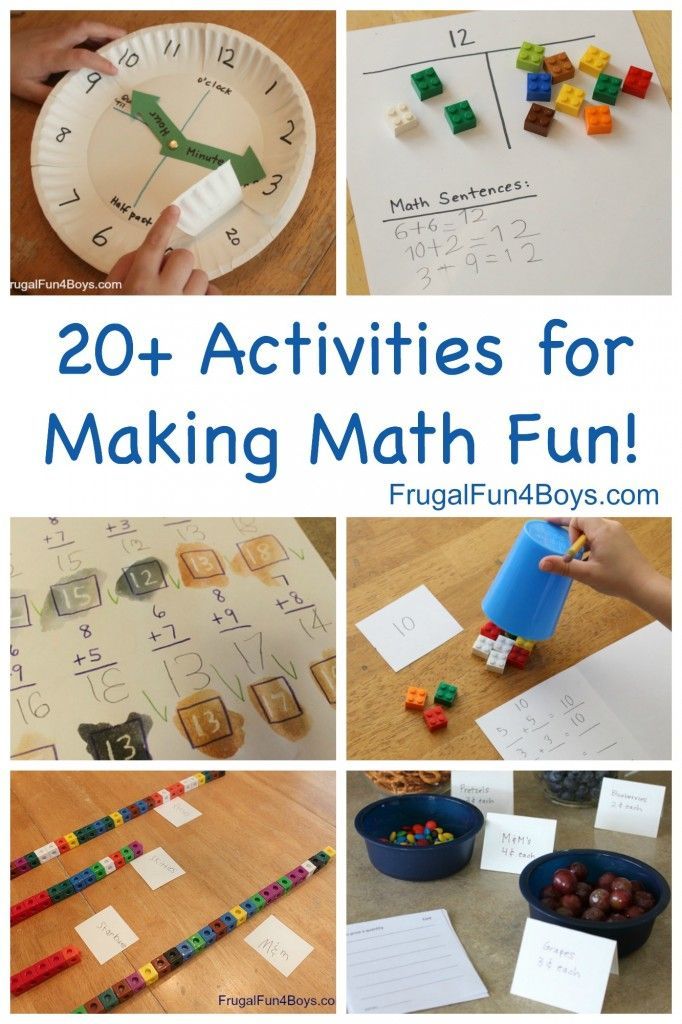
Count quickly,
How many guests there were!
(Show the number)
2) A squirrel dries on a rope
Two mushrooms and three carrots.
A ferret came running and dragged off the fungus.
The hare ate two carrots.
What's left on the rope? (Show the number)
8. Summing up the lesson
Educator:
- Children, which stations did we travel to?
- Which of you liked which station the most?
- And let's count together to 10 and back.
- Well done guys, it was interesting to travel with you. Thanks to all!
- For good work in class, the Wise Owl has prepared a gift for you - coloring pages with numbers.
Mathematics lesson in the senior group on the topic "Interesting tasks of the Queen of Mathematics" | Outline of a lesson in mathematics (senior group):
Abstract
lessons in mathematics in the senior group
Topic: “Interesting tasks of the Queen of Mathematics”
Purpose:
Continue to teach preschoolers to compose and solve examples from a drawing.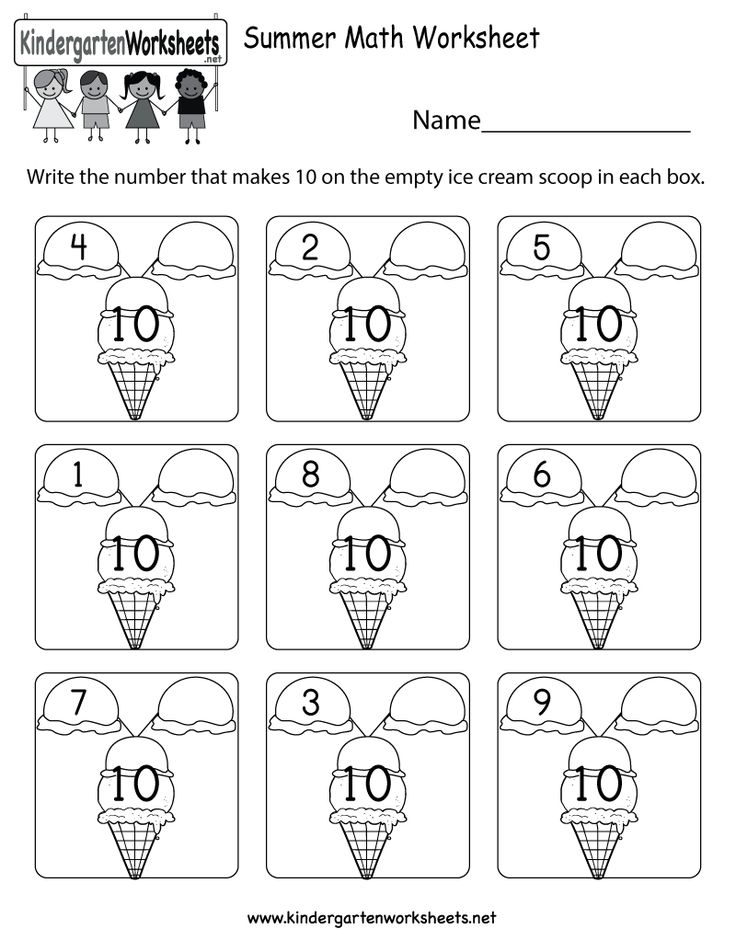
To deepen the children's knowledge of the sequence of days that make up a week.
Fix the names of the seasons, the names of the months.
Exercise in ordinal counting.
Develop the ability to navigate on a sheet of paper by performing a graphic dictation.
To form the ability to group objects according to certain features, identifying these features and focusing on the scheme.
To form independence in the search for answers, to encourage children to notice shortcomings in the work of their peers, to show mutual assistance, to cultivate ingenuity and curiosity.
Course of the lesson:
Introductory part
Educator. - Children, listen to the riddle:
"Seven brothers are equal in age, but have different names." (Days of the week)
- How many days of the week are there? Who wants to name them?
Which one is first? Seventh? Fifth?
- Wednesday in order what day of the week? What about Saturday?
What day of the week is it today? What is he in order? (Tuesday)
Educator.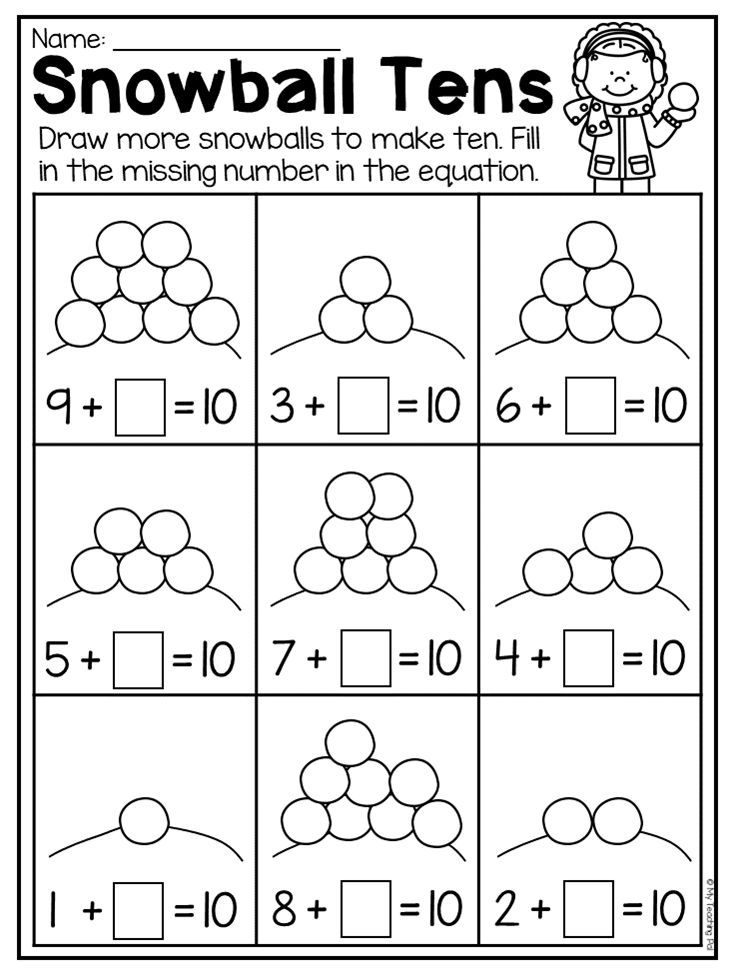 -Today the Queen of Mathematics invites us to her kingdom. Tell me, why do we need mathematics?
-Today the Queen of Mathematics invites us to her kingdom. Tell me, why do we need mathematics?
Children's answers.
-Then let's do some of her tasks to test our knowledge.
1 task
The first thing she would like to know is whether you know the seasons.
What season is it?
- How many seasons are there? Name them.
-How many months are there in each season?
-Name the autumn, winter, spring and summer months.
-How many months are there in a year?
-How fast can they be counted? (Threes)
-The Queen of Mathematics would like to check if there are enough tasks on the tables for everyone.
-How can I quickly settle accounts? (Pairs, two by two)
Children are considered pairs.
Queen Mathematics offers new tasks. (Children sit at the tables)
Main part
The next task from the queen:
Task 2
Compilation of examples from pictures.
What mathematical signs are needed to solve examples?
-When do we use the "+" sign? (When we add or increase the number)
- When is the "-" sign used? (When we subtract or reduce the amount)
What other sign do we need? (=)
- Mathematics Queen would like to remind you of the rules of addition and subtraction.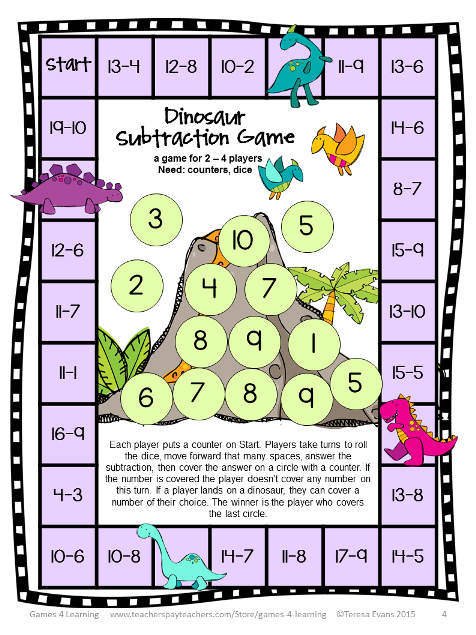
- To perform addition, you need to add another part to one part and find the whole.
- To perform a subtraction, you need to subtract a part from the whole and get the rest.
- Who is in the picture?
- How many kittens were there?
- How many ran? What action must be taken to find out how many there are in total?
- Why do you think it should be added?
- How can this be written as an example? mathematics in kindergarten
- Let's make an example according to the following figure.
- How many birds were in the feeder?
- How many flew? What action must be taken to find out how many of them are left? Did all the birds fly away or just some of them? How to find the second part if we know how many birds there were in total?
-Why do you think it should be taken away?
-How can this be written as an example?
- Now do the tasks on your desks yourself. (Compilation of examples according to the drawings) (The teacher checks the correctness of the execution and offers to check each other)
- Queen Mathematics is pleased with your work and she decided to invite you for a walk in the Geometric Forest, but before we go there, she would like you know who lives in it.
Task 3
Graphic dictation "Who lives in the forest." (Difficulty is selected)
- Move from the point according to the scheme.
The teacher offers to help each other. (Children who completed earlier than others are invited to color the picture)
Who do you think lives in the forest?
Yes, it's a wolf. He invites us to a forest clearing.
Physical education session "Forest clearing"
We went out to the forest clearing,
Raising our legs higher,
Through bushes and hummocks,
Through branches and stumps.
We walked for a very long time,
Our legs are tired.
Now let's sit down and have a rest,
And then let's go for a walk.
(They walk, raising their legs high, squat down, get up and continue moving.)
Task 4
Didactic game "Let's help plant trees"
Trees of various shapes, sizes and colors grow in a geometric forest. It is necessary to take seedlings (geometric figures) and plant them in three alleys:
1 alley - trees that do not have corners, large in size, red and yellow.